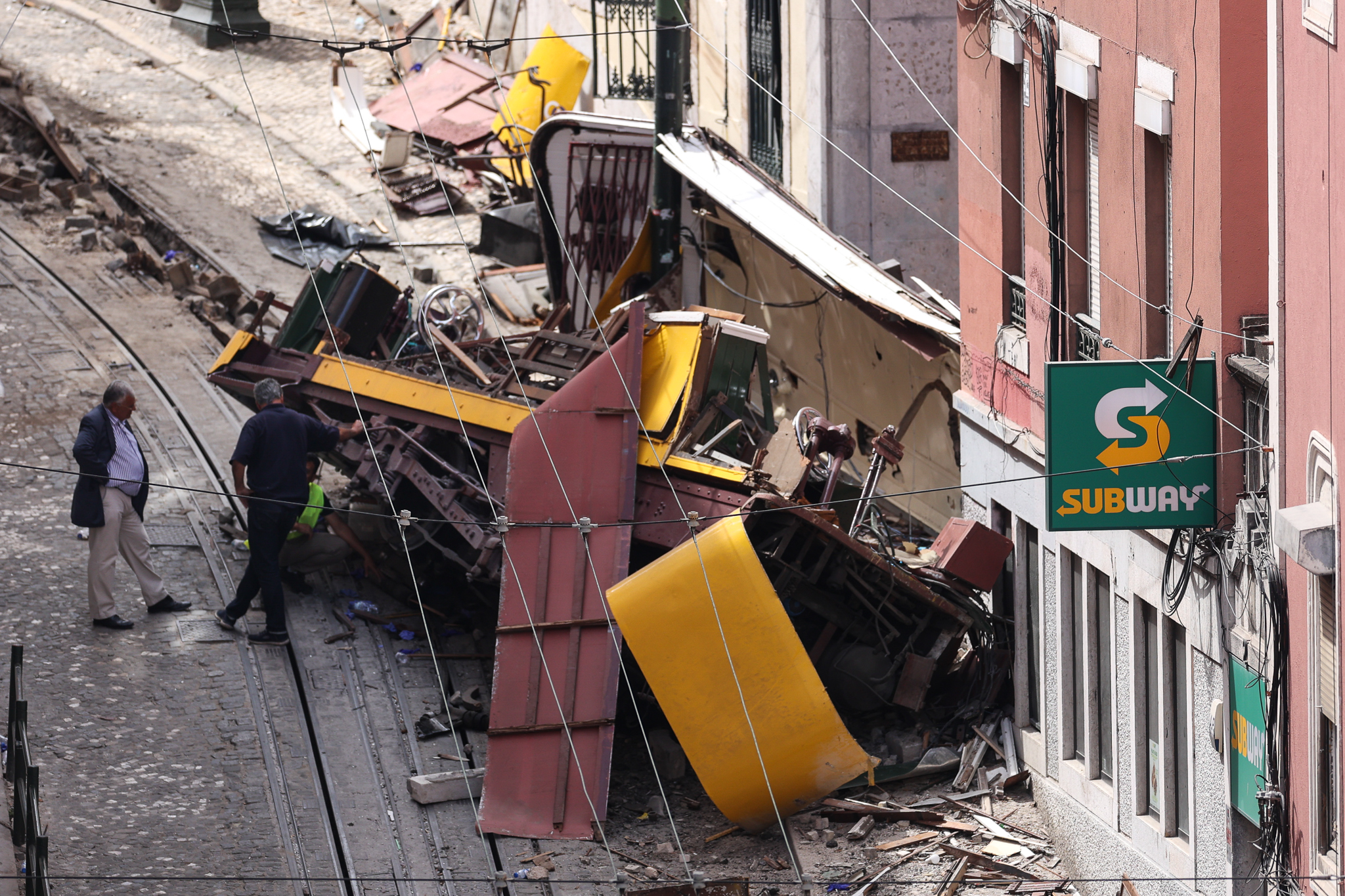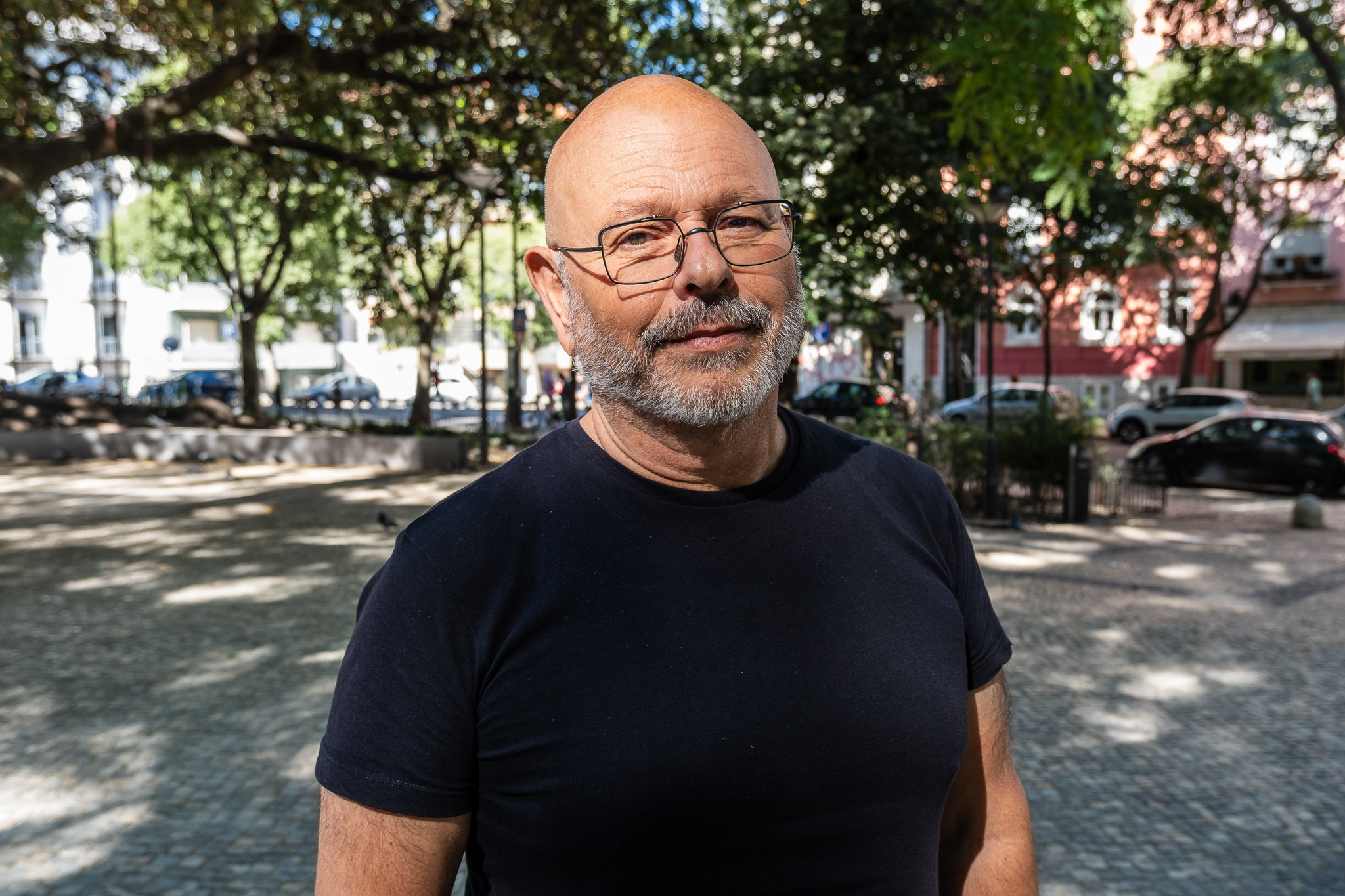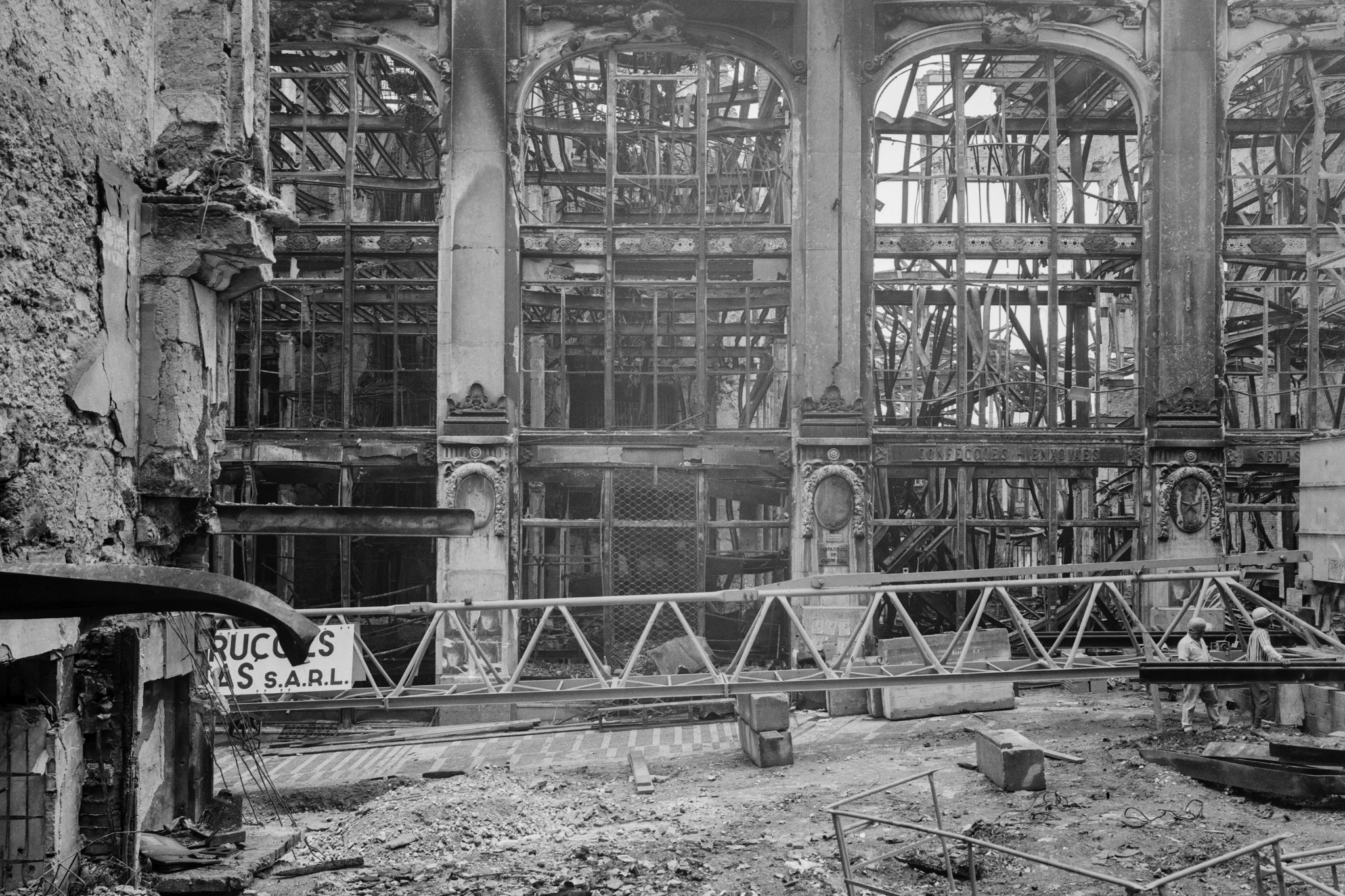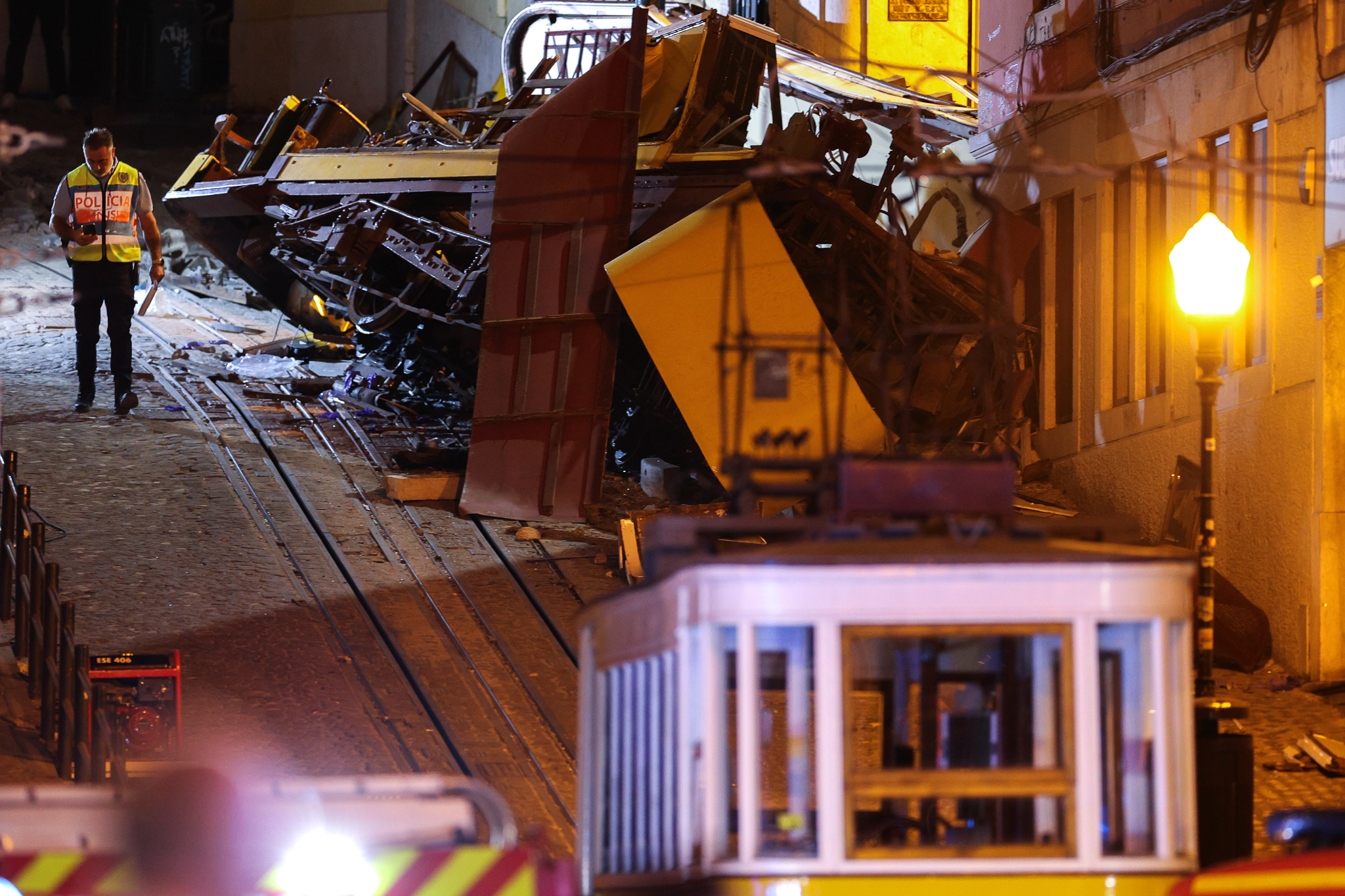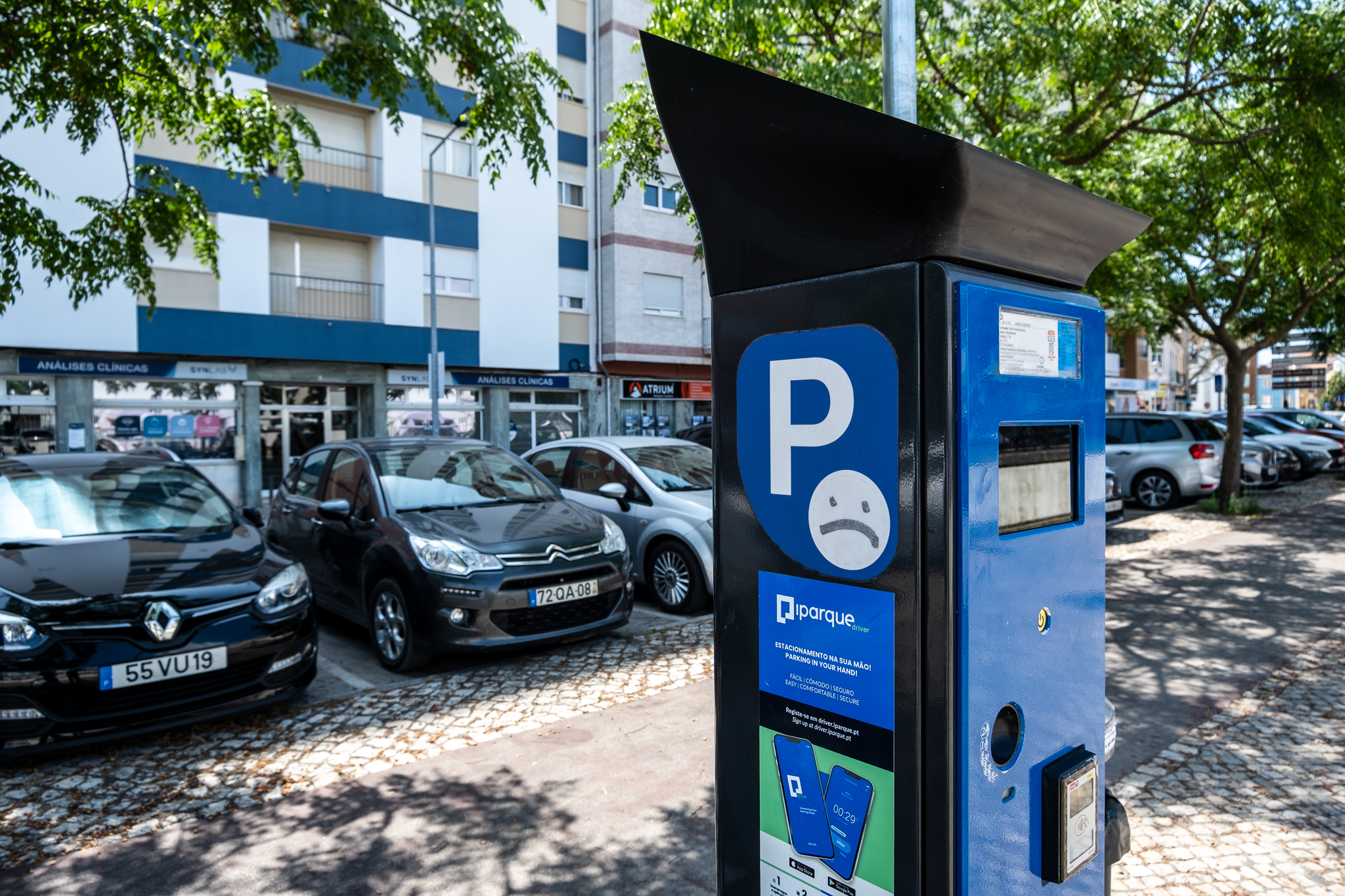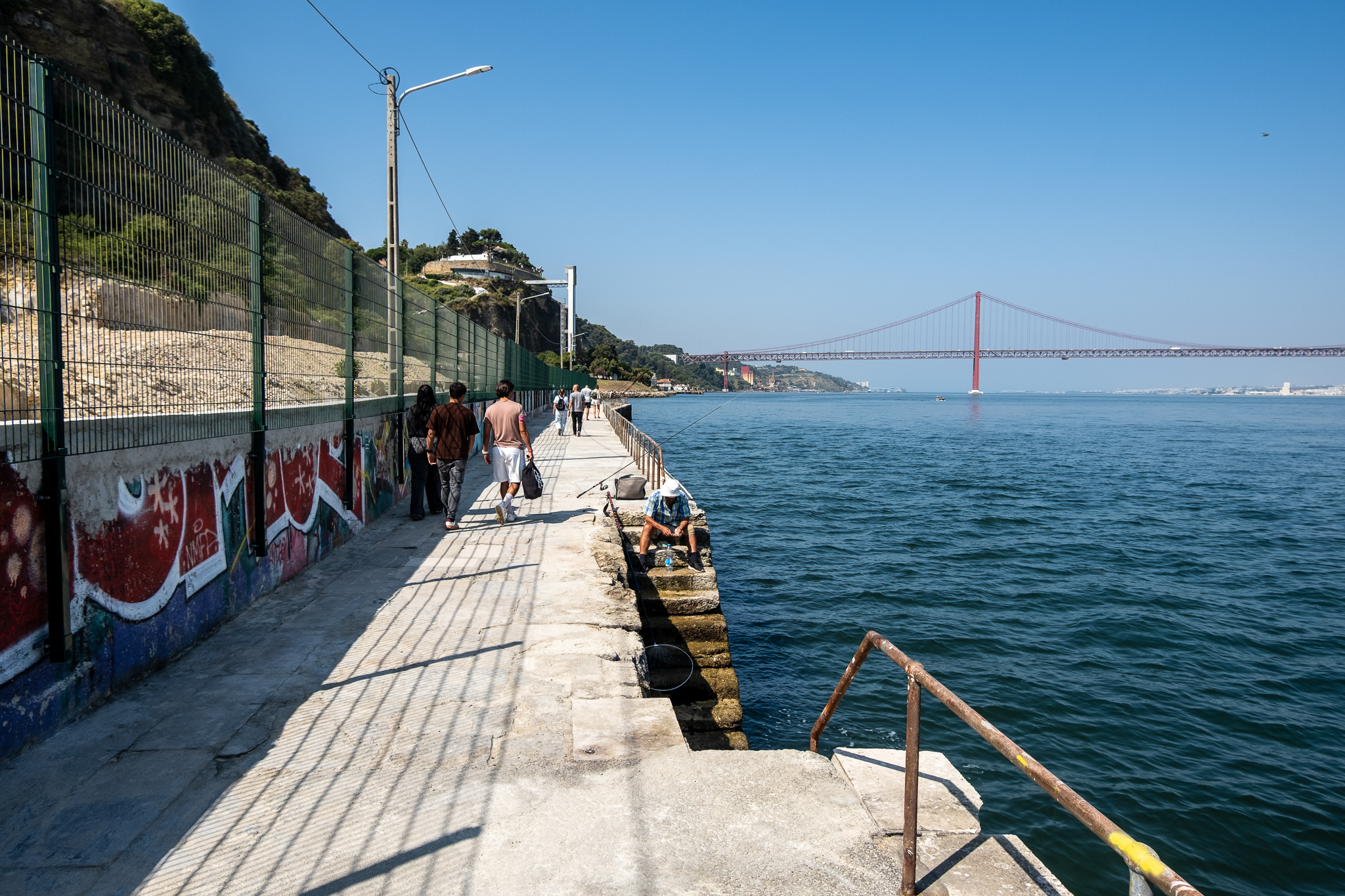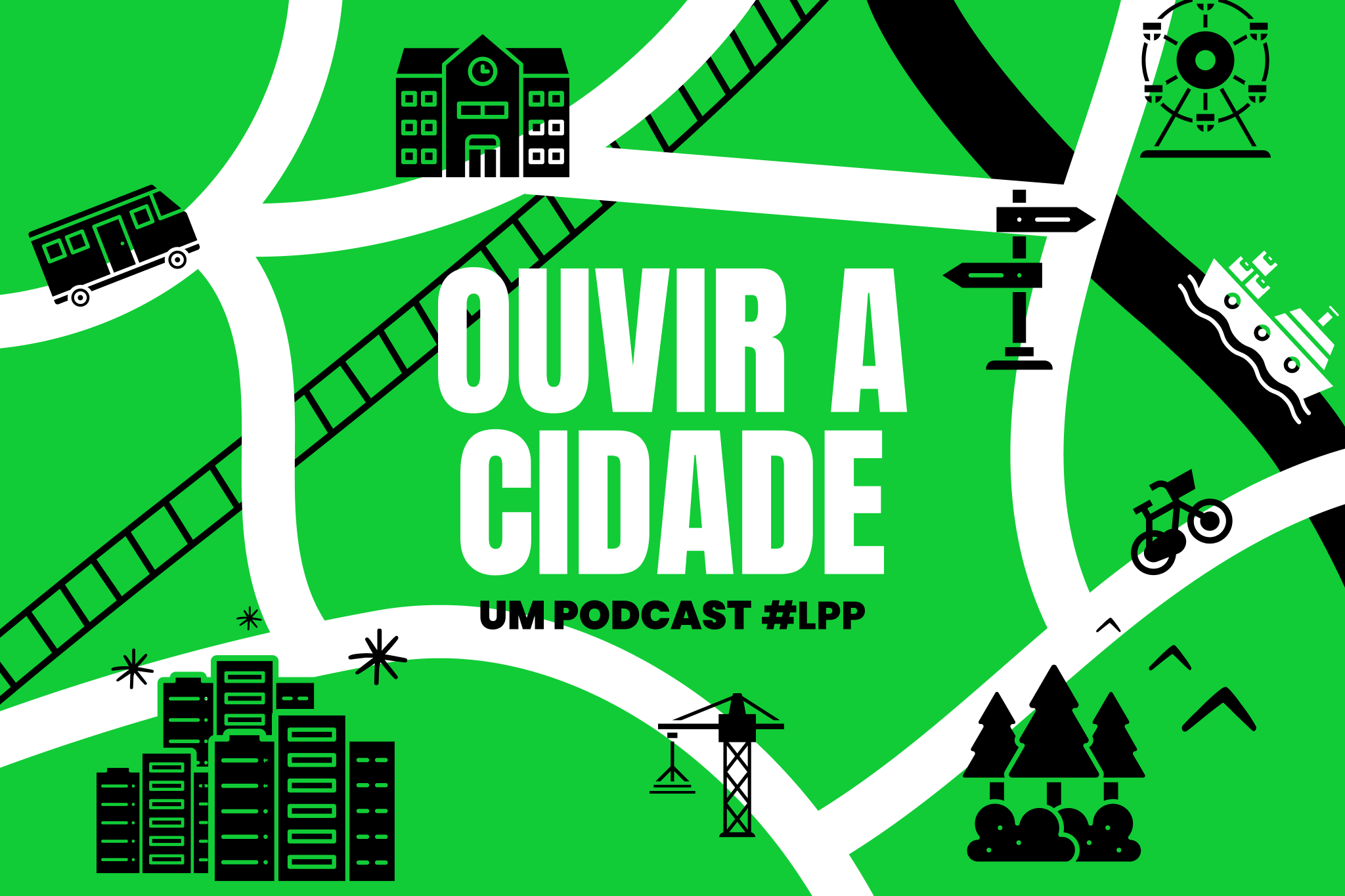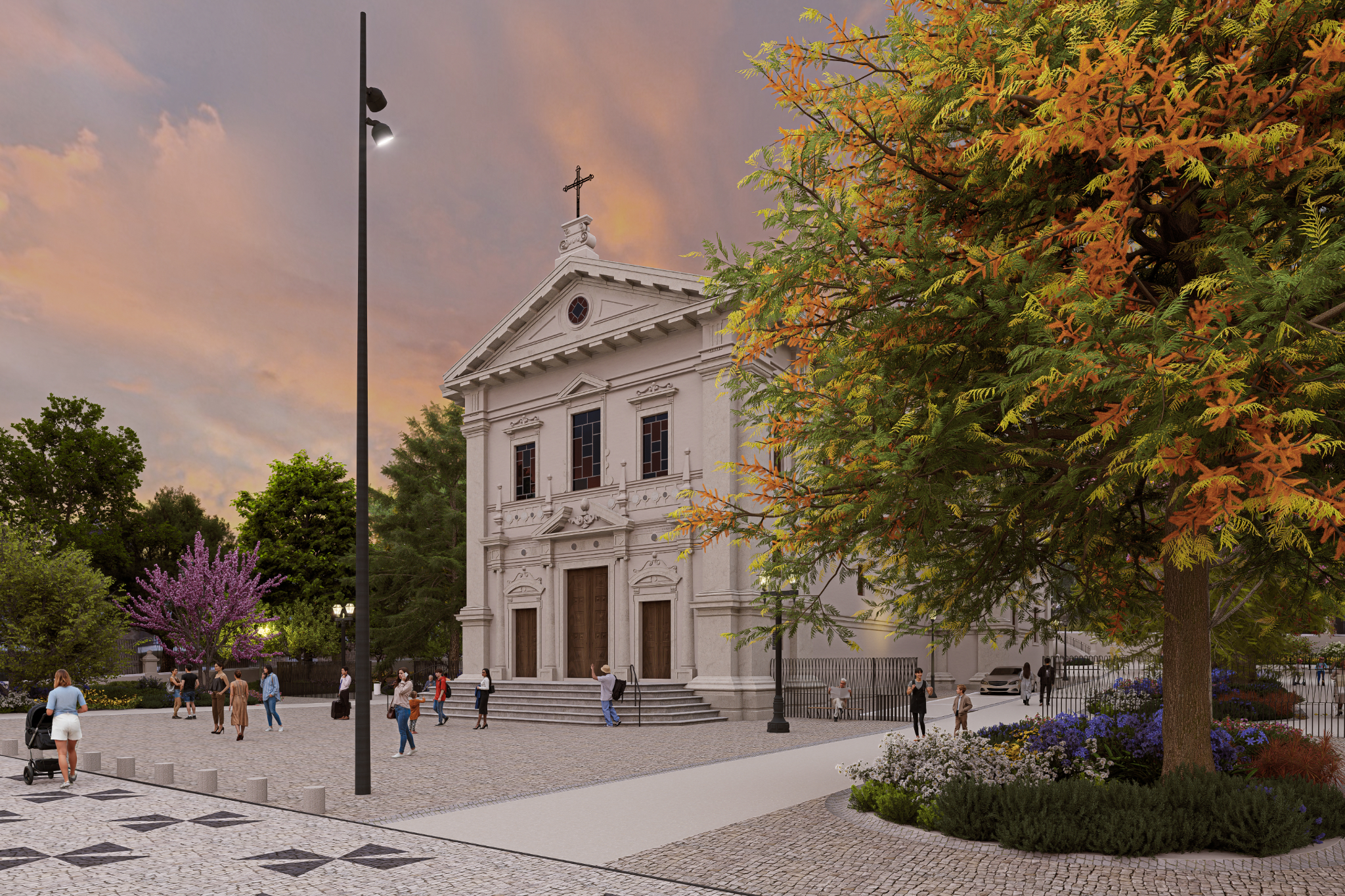Spain has a new train line and CP will adjust the offer on the Eastern Line, shortening the journey between Lisbon and Madrid from July 31. The Iberian capitals will be two hours and one transfer away. Spain's Renfe tried to convince CP to launch a...

The trip starts in an Intercity from Lisbon, changes to a green diesel Allan in Entroncamento and, upon arrival in Badajoz, continues in a direct Intercity to Madrid. In total, and as of July 31, there will be nine hours and three different trains between the two Iberian capitals - two less than at present - with the reinforcement of the offer by CP and also by the Spanish company Renfe.
CP will adjust the supply on the East Line on July 31 to respond to the new rail infrastructure that Spain has just introduced between Madrid and Badajoz (we'll be there in a minute). Thus, not only will the train connection between Lisbon and the Spanish capital be shortened by two hours (from 11 to nine hours), but it will also take three trains instead of four (that is, two transfers instead of three) to make the trip. In the opposite direction, between Madrid and Lisbon, the trip will take nine hours and 30 minutes. But let's get to the full itinerary:
- From Lisbon to Madrid: catch the Intercity in Santa Apolónia at 12:30, which arrives at Entroncamento at 1:30; six minutes to change for the Regional train that goes to Badajoz, arriving at 4:26 pm (Portuguese time). From Badajoz, Renfe's Intercity leaves ten minutes later, at 5:36 pm (Spanish time), arriving at 10:18 pm at Madrid-Chamartín station.
- From Madrid to Lisbon: take the Intercity train from Madrid-Chamatín at 8:30am (Spanish time), which arrives at 1:24pm in Badajoz. After 16 minutes of waiting, the CP Regional train leaves at 12:40 pm (Portuguese time) for Entroncamento, where it arrives at 3:40 pm. Finally, all you have to do is wait 20 minutes for the Intercidades that goes to Lisbon-Santa Apolónia, with an expected arrival time of 5pm.
One more schedule but the same trains
The East Line will have, as of July 31, two daily trains per direction instead of one. Currently, there is only one connection leaving Santa Apolónia at 8:45 am and arriving at Badajoz at 2:14 pm, passing through Entroncamento; and in the opposite direction, leaving Badajoz at 4:24 pm and arriving in Lisbon at 8:20 pm. But since Renfe will only put Intercity on one daily connection per direction between Badajoz and Madrid, taking the train that exists today would force a long waiting time in the Spanish border city.
On the East Line, the Allan green railcars will continue to run, according to Público journalist Carlos Cipriano, "it's the oldest equipment CP has in its service and they only run on the Eastern Line". They were built in Holland in the 1950s and have had their life span extended with a modernization carried out in the 1990s. They circulate at a maximum speed of 100 km/h, run on diesel and, as reported by Público, "the breakdowns of these vehicles in the Alto Alentejo have been frequent".. Carlos Cipriano writes that CP doesn't have more modern diesel-powered equipment for the Eastern Line because the existing fleet is in use on the Douro, Minho, Western and Algarve lines - only with the electrification of these stretches and the arrival of new, electric trains, will it be possible to free up diesel-powered cars for other services that, for now, will remain diesel-powered, as is the case of the Eastern Line.
With limited service on the Portuguese side, it was in Spanish territory that less travel time was gained between the two Iberian capitals. Spain opened, at the end of June, a new 150-kilometer high-speed section between Badajoz and Plasencia; still without electrification (it will only be done next year), the circulation speed will, for now, be 180 km/h - instead of the future 250 km/h -, which still guarantees a 51-minute shorter trip between Badajoz and Madrid than in the past.
Spanish Renfe suggested a 7-hour direct train, but CP rejected it
The Intercity that will circulate in this new Spanish section and that will make the connection between Badajoz and Madrid is a Talgo "all-terrain" train, suitable for high speed, and that runs on both electricity and diesel, in both Iberian and European gauge, and also in two types of electrical voltage. According to PúblicoThe Spanish company Renfe wanted to extend this train to Lisbon, but its partner CP showed no interest in using the East Line for this, preferring the Beira Alta and the connection to Spain through Salamanca, where there is more market.
O ECO journalist Diogo Ferreira Nunes writes that with an understanding between Renfe and CP for the extension of the Intercity to Lisbon, the trip could be shortened to seven hours - the train would circulate in Iberian and European gauge and under electric voltage on both sides of the border (25 thousand volts in Portugal and 3 thousand volts in Spain). According to Público, Renfe has even proposed a division of expenses and revenues (but mostly expenses because the service will be loss-making) on the Portuguese route.
The new 150-kilometer section on the Spanish side will integrate the Future high-speed link between Madrid and Lisbon, which in Portugal will pass through the Évora areaA new high speed line (250 km/h) is currently under construction between Évora and Badajoz. The first forecasts advanced pointed to the completion of this section and the entry into operation of this fast connection between the two metropolises (five hours) in 2023. In March 2020, the Covid-19 pandemic was the excuse for the end of the Lusitania night train between the two capitals, by unilateral decision of Renfe. ECO also mentions that in 1989, the daytime rail connection between Lisbon and Madrid took less time than it will take as of June 31: only eight hours with the direct Talgo "Luís de Camões" train.

